How To Set Up A Camera Backpack ?
To set up a camera backpack, start by organizing your camera gear. Place your camera body in the designated compartment, ensuring it is secure and protected. Arrange your lenses in separate compartments or dividers, making sure they are snug and won't move around during transport. Use padded inserts or dividers to create additional compartments for accessories such as batteries, memory cards, and filters. Utilize any external pockets or compartments for items like lens caps, lens cloths, or a tripod. Finally, adjust the straps and buckles of the backpack to ensure a comfortable fit and distribute the weight evenly on your shoulders.
1、 Choosing the Right Camera Backpack for Your Needs
Choosing the right camera backpack is essential for any photographer or videographer. It not only protects your valuable gear but also provides easy access and comfort while on the go. Here's a guide on how to set up a camera backpack and some factors to consider when choosing the right one for your needs.
1. Start by organizing your gear: Before setting up your camera backpack, take inventory of your equipment. Sort and organize your camera bodies, lenses, batteries, memory cards, and other accessories. This will help you determine the size and compartments you need in your backpack.
2. Consider the backpack's features: Look for a backpack that offers customizable compartments and dividers. This allows you to arrange your gear according to your preferences and provides better protection. Additionally, check for features like padded shoulder straps, waist belts, and back support for added comfort during long shoots or hikes.
3. Distribute weight evenly: When setting up your camera backpack, distribute the weight evenly to avoid strain on your back. Place heavier items closer to your back and lighter items towards the front. This helps maintain balance and prevents discomfort.
4. Secure your gear: Use the provided dividers and compartments to secure your gear in place. Make sure each item fits snugly and is well-padded to prevent any damage during transportation.
5. Accessibility: Arrange your gear in a way that allows easy access to frequently used items. This saves time and ensures you don't miss any crucial shots.
When choosing a camera backpack, consider factors such as size, durability, weather resistance, and additional storage space for personal items like water bottles or a laptop. It's also worth checking for the latest advancements in camera backpack technology, such as built-in charging ports or anti-theft features.
In conclusion, setting up a camera backpack involves organizing your gear, distributing weight evenly, and ensuring easy accessibility. Choosing the right camera backpack for your needs is crucial, so take the time to research and consider the latest options available to protect and transport your valuable equipment effectively.
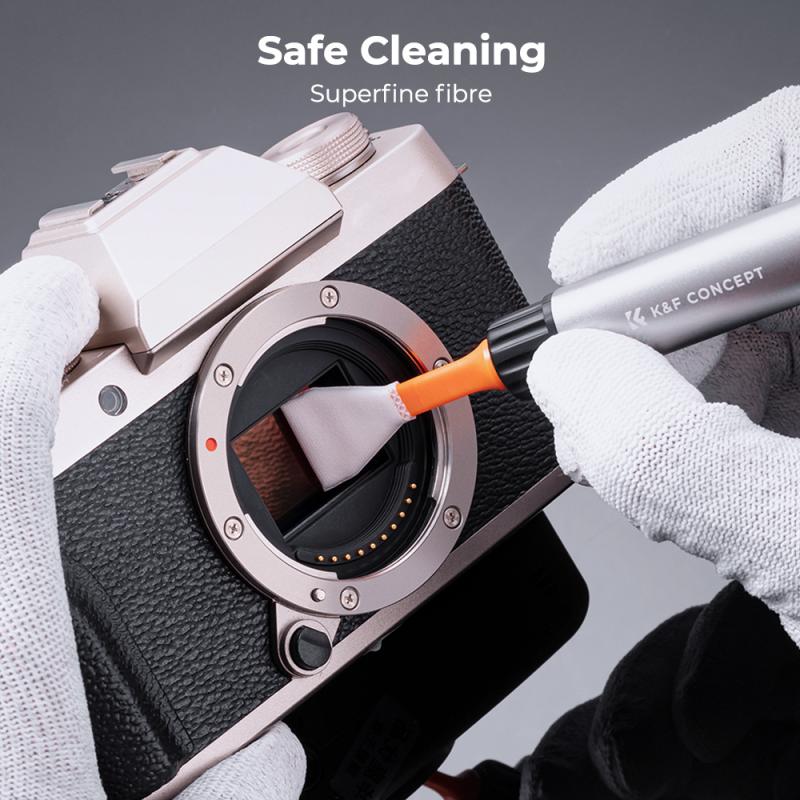
2、 Organizing and Arranging Camera Gear in Your Backpack
Organizing and arranging camera gear in your backpack is essential for any photographer on the go. A well-organized camera backpack not only protects your equipment but also allows for easy access and efficient workflow. Here's a step-by-step guide on how to set up a camera backpack:
1. Choose the right backpack: Look for a backpack specifically designed for camera gear. It should have padded compartments and dividers to keep your equipment safe and secure.
2. Sort your gear: Before packing, categorize your gear into groups such as cameras, lenses, accessories, and personal items. This will help you determine the best layout for your backpack.
3. Utilize the main compartment: Place your camera body and larger lenses in the main compartment. Use padded dividers to separate and protect each item. Consider placing the heaviest items closest to your back for better weight distribution.
4. Utilize smaller compartments: Use smaller compartments or pockets for smaller accessories like memory cards, batteries, and filters. Keep them organized using pouches or small cases.
5. Consider accessibility: Arrange your gear based on frequency of use. Items you need quick access to, such as a spare lens or camera body, should be placed in easily reachable compartments.
6. Secure your tripod: Many camera backpacks have external straps or compartments to hold a tripod securely. Make sure to fasten it tightly to prevent any movement.
7. Balance the weight: Distribute the weight evenly throughout the backpack to avoid strain on your back. Place heavier items closer to your back and lighter items towards the front.
8. Personalize your setup: Adapt the organization to your specific needs and shooting style. Experiment with different layouts until you find the most efficient and comfortable setup for you.
In addition to these steps, it's important to stay updated with the latest camera backpack designs and features. Manufacturers are constantly innovating to provide better protection, accessibility, and comfort. Consider researching and investing in a backpack that suits your needs and incorporates the latest advancements in camera gear organization.
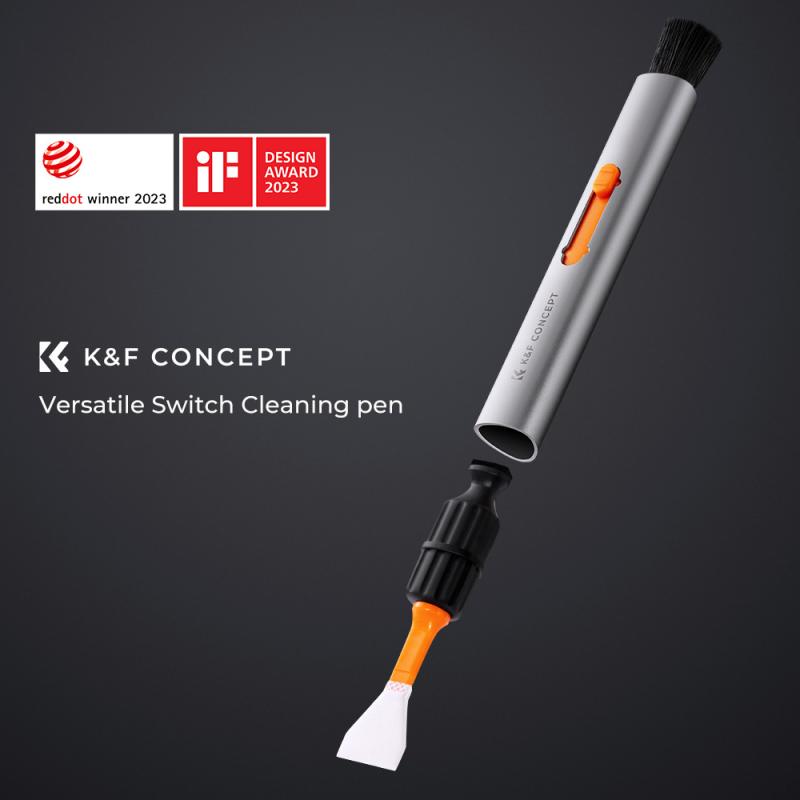
3、 Securing and Protecting Your Camera Equipment in the Backpack
Securing and Protecting Your Camera Equipment in the Backpack
Setting up a camera backpack is essential for photographers who want to ensure the safety and organization of their valuable equipment. Whether you're a professional or an amateur photographer, taking the necessary steps to secure and protect your camera gear is crucial. Here are some tips on how to set up a camera backpack effectively:
1. Choose the right backpack: Invest in a high-quality camera backpack that offers ample padding and compartments specifically designed for camera equipment. Look for features like adjustable dividers, padded straps, and a waterproof exterior to protect your gear from the elements.
2. Organize your gear: Arrange your camera and lenses in the backpack's main compartment, using adjustable dividers to create custom-sized compartments for each item. Keep your most frequently used equipment easily accessible, while ensuring that everything is snugly fit to prevent any movement during transportation.
3. Utilize additional pockets and compartments: Take advantage of the backpack's additional pockets and compartments to store smaller accessories such as memory cards, batteries, lens filters, and cleaning supplies. This will help keep everything organized and easily accessible when needed.
4. Use protective cases and wraps: Consider using protective cases or wraps for your camera body and lenses. These provide an extra layer of protection against scratches, dust, and minor impacts. Additionally, invest in lens caps and camera body caps to protect your gear when not in use.
5. Secure your tripod: If you carry a tripod, make sure your backpack has a dedicated tripod holder or straps to secure it properly. This will prevent it from shifting or causing damage to other equipment.
6. Consider a lockable backpack: If you're concerned about the security of your gear, opt for a camera backpack with lockable zippers or a built-in lock. This will provide an added layer of protection against theft or unauthorized access.
7. Regularly clean and maintain your backpack: Keep your camera backpack clean and free from dust and debris. Regularly inspect the zippers, straps, and padding for any signs of wear and tear, and replace or repair as necessary.
In conclusion, setting up a camera backpack involves securing and protecting your camera equipment to ensure its safety and organization. By investing in a high-quality backpack, organizing your gear effectively, and utilizing additional protective measures, you can have peace of mind knowing that your valuable equipment is well-protected during transportation and storage.
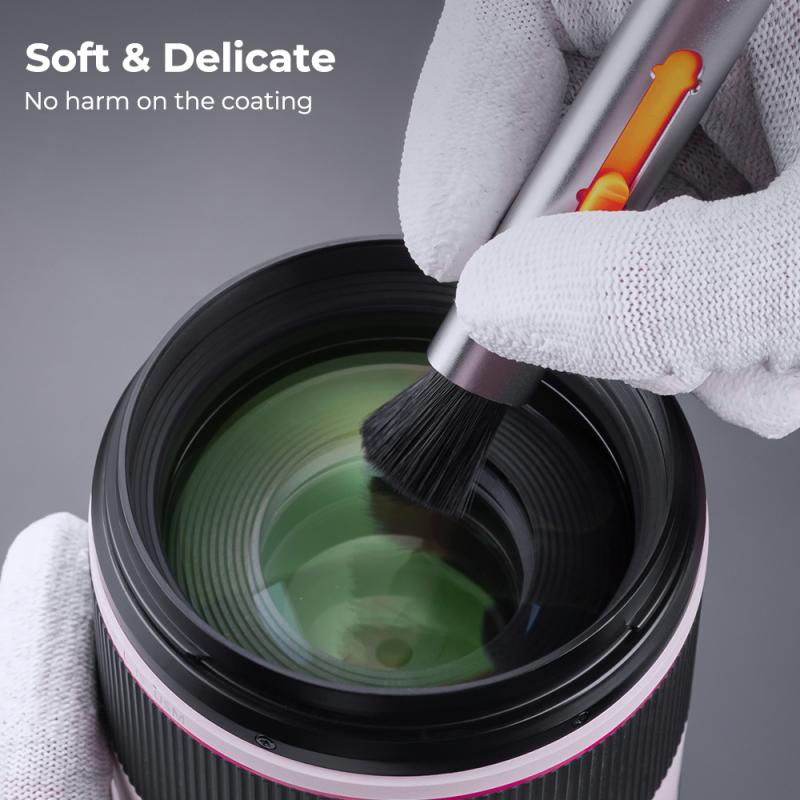
4、 Adjusting Straps and Fit for Comfortable Carrying
How to Set Up a Camera Backpack: Adjusting Straps and Fit for Comfortable Carrying
Setting up a camera backpack properly is essential for comfortable carrying and easy access to your gear. Whether you're a professional photographer or an amateur enthusiast, having a well-organized and properly fitted backpack can make a significant difference in your photography experience. Here's a step-by-step guide on how to set up a camera backpack, with a focus on adjusting straps and fit for comfortable carrying.
1. Adjust the shoulder straps: Start by loosening all the straps and putting on the backpack. Adjust the shoulder straps so that they sit comfortably on your shoulders, distributing the weight evenly. Make sure they are not too tight or too loose, as this can cause discomfort or strain.
2. Secure the chest strap: Fasten the chest strap across your chest, just above your breasts. This strap helps to stabilize the backpack and prevent it from shifting while you're on the move. Adjust it so that it feels snug but not constricting.
3. Tighten the waist belt: The waist belt is crucial for distributing the weight of the backpack to your hips, reducing strain on your shoulders. Fasten the waist belt and adjust it so that it sits comfortably on your hips. It should be tight enough to support the weight but not too tight to restrict your movement.
4. Adjust the load lifters: Most camera backpacks have load lifter straps that connect the shoulder straps to the top of the backpack. These straps help to pull the weight closer to your body, improving balance and stability. Adjust them so that they are at a 45-degree angle and slightly taut.
5. Fine-tune the fit: Once you have adjusted the main straps, take a moment to fine-tune the fit. Ensure that the backpack sits snugly against your back, with minimal movement when you walk or bend. If necessary, make small adjustments to the straps until you achieve a comfortable and secure fit.
It's important to note that the latest point of view on setting up a camera backpack emphasizes the importance of weight distribution and ergonomics. Many backpacks now come with adjustable suspension systems that allow you to customize the fit according to your body shape and size. Additionally, some backpacks feature padded back panels and waist belts with lumbar support, providing extra comfort during long hours of shooting.
In conclusion, setting up a camera backpack involves adjusting straps and fit for comfortable carrying. By following these steps and considering the latest advancements in backpack design, you can ensure a well-fitted and ergonomic setup that enhances your photography experience. Remember, a properly set up camera backpack not only protects your gear but also allows you to focus on capturing those perfect shots without any discomfort or distractions.
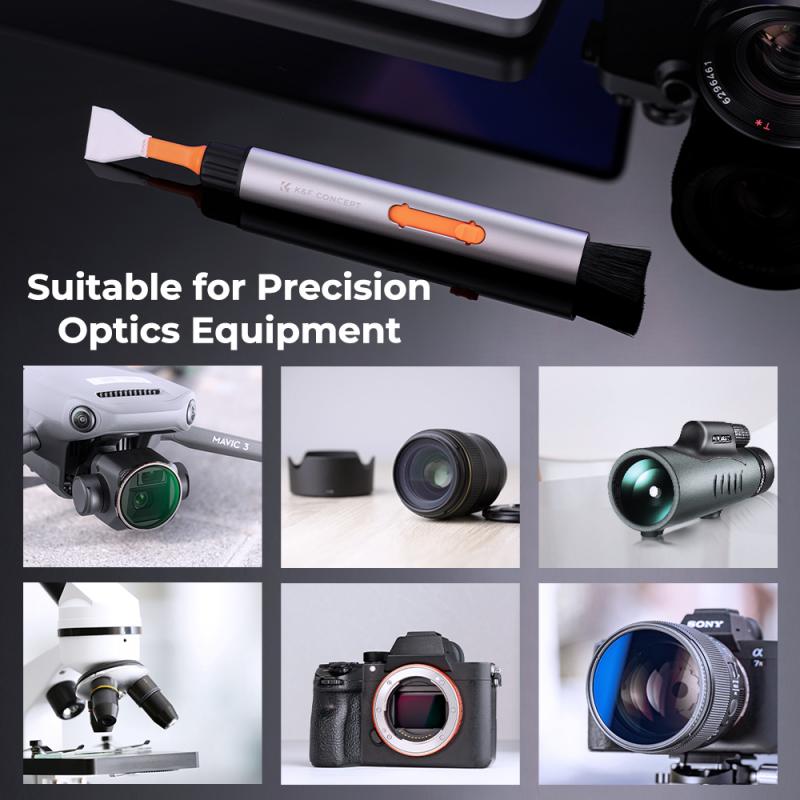

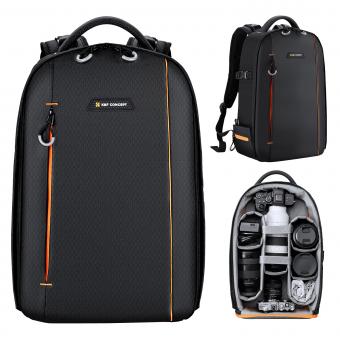
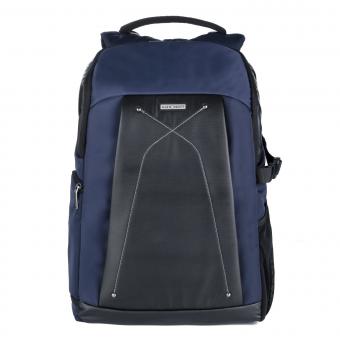
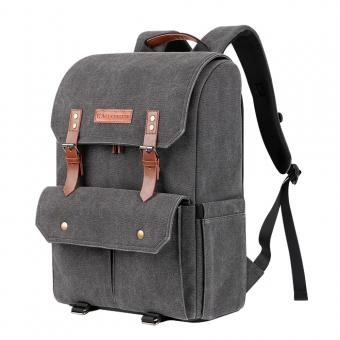
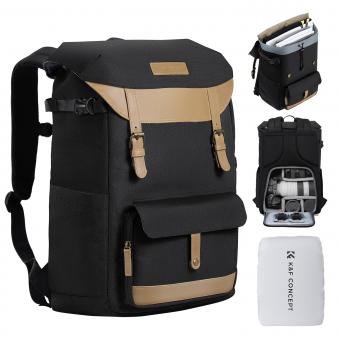

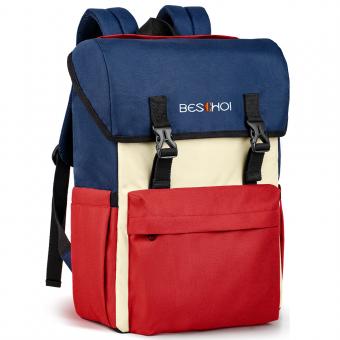
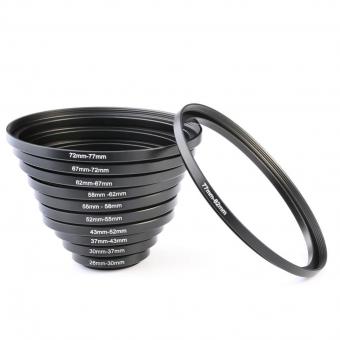

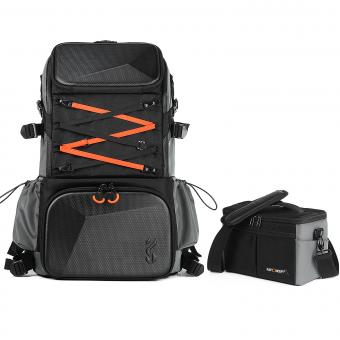




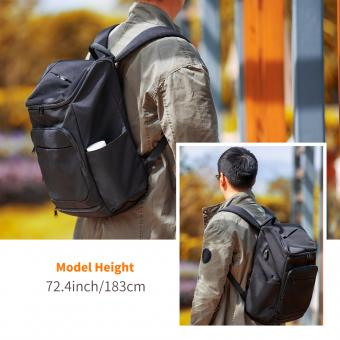
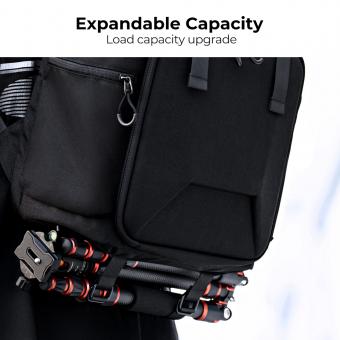


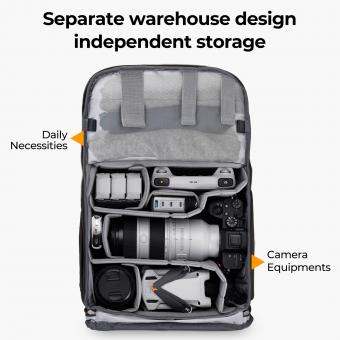




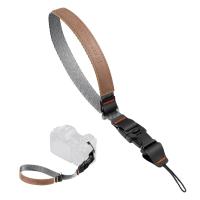
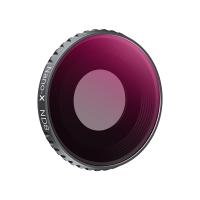


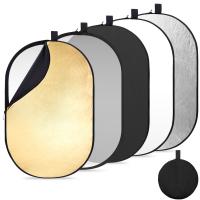

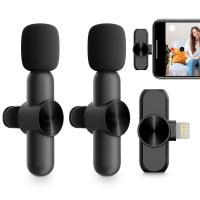
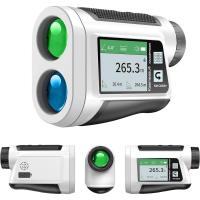





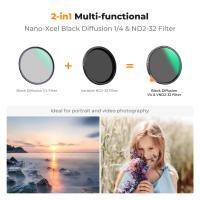



There are no comments for this blog.